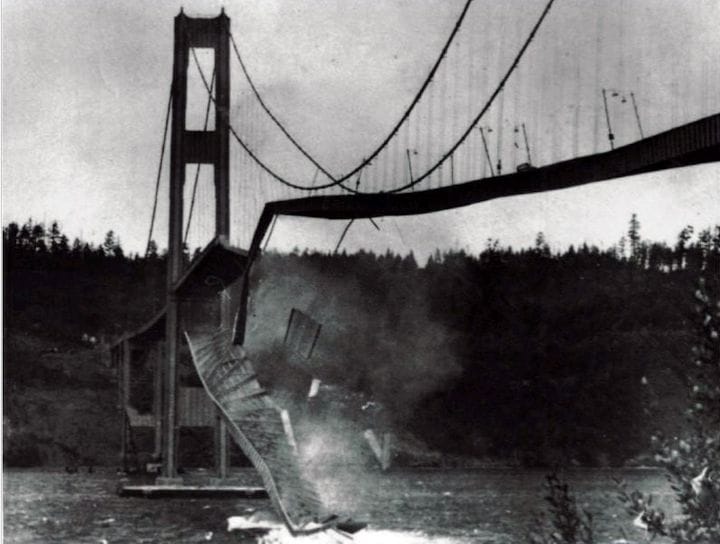![To Engineer Is Human [Source: Amazon]](https://fabbaloo.com/wp-content/uploads/2020/05/image-asset_img_5eb09b3b9edb3.jpg)
This week’s selection is “To Engineer Is Human: The Role of Failure in Successful Design” by Henry Petroski.
When one endeavors to engineer a competent design, failure is obviously not the goal. But it turns out that failure is often a key part of almost every successful story. Conventional wisdom would say that when you fail you stop, but that is definitely not the case when designing.
This book explores the notion of failure and how it fits into the design process. Arthur Petroski explains:
“I believe that the concept of failure – mechanical and structural failure in the context of this discussion – is central to understanding engineering, for engineering design has as its first and foremost objective the obviation of failure. Thus the colossal disasters that do occur are ultimately failures of design, but the lessons learned from those disasters can do more to advance engineering knowledge than all the successful machines and structures in the world.
Indeed failures appear to be inevitable in the wake of prolonged success, which encourages lower margins of safety. Failures in turn lead to greater safety margins and, hence, new periods of success. To understand what engineering is and what engineers do is to understand how failures happen and how they can contribute more than successes to advanced technology.”
This is so profoundly true. In designing anything the foremost matter is conceiving of and mitigating all possible and necessary failure modes. The problem is that when cannot always imagine what they are.
Therefore testing, and iterative failures, are the way forward for any successful design.
This book explores these ideas in a detailed fashion, beginning with something we are all intimately familiar with: Learning. One of the chapters is entitled “Falling Down is Part of Growing Up.”. This is the essence of engineering; you must fail before you can succeed.
Another fundamental concept explained by Petroski is the idea of a design being merely a revision. This reinforces the notion that you never really know everything that could go wrong. There is always something else that can happen and more often than not it will happen in real life during testing or sometimes after the design has gone into production.
When you look around and see production designs in the world, you’ll realize that this is actually quite true. An aircraft for example may have undergone scrupulous and extensive quality control testing before it was ever released to the public. But if there is an incident, the aircraft design could be revised to correct a new-found error.
These ideas fit very well into the world of 3D printing, where iteration of the design is eminently possible. 3D printers can produce new designs merely by sending them a new digital design file. No tooling changes are required.
When you see that 3D print emerge from the printer, remember that it is only a revision.
Via Amazon











This week’s selection is “3D Printing Projects” by Dorling Kindersley, a.k.a. “DK”.